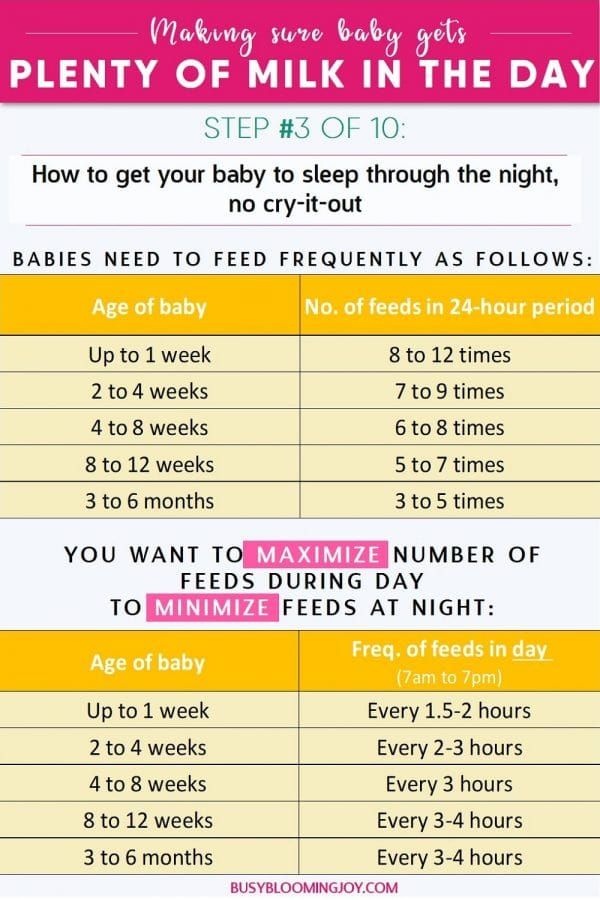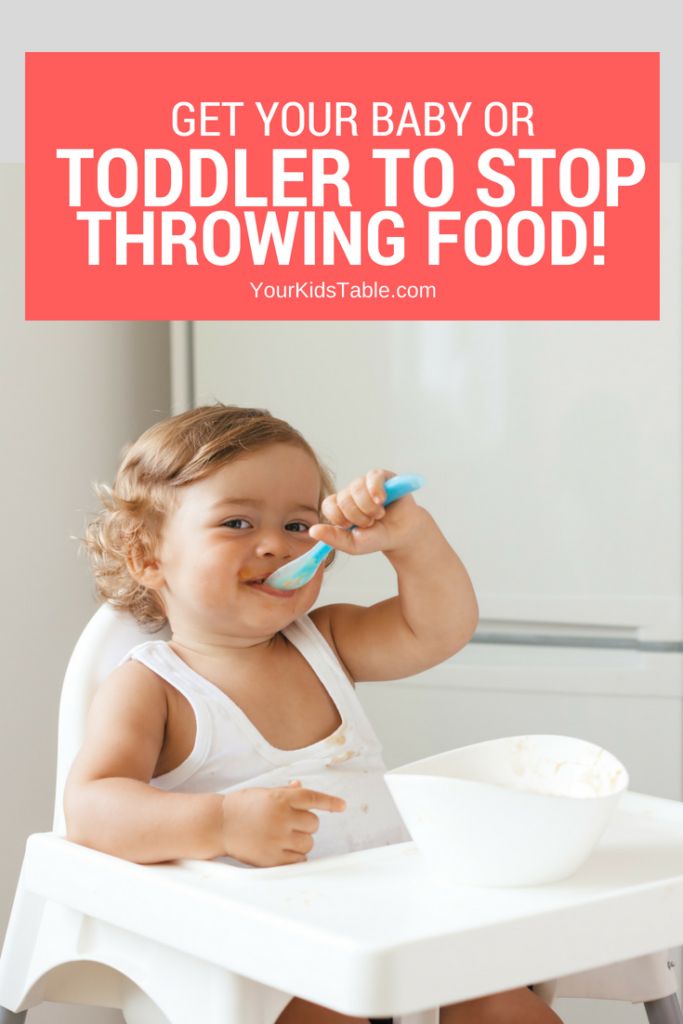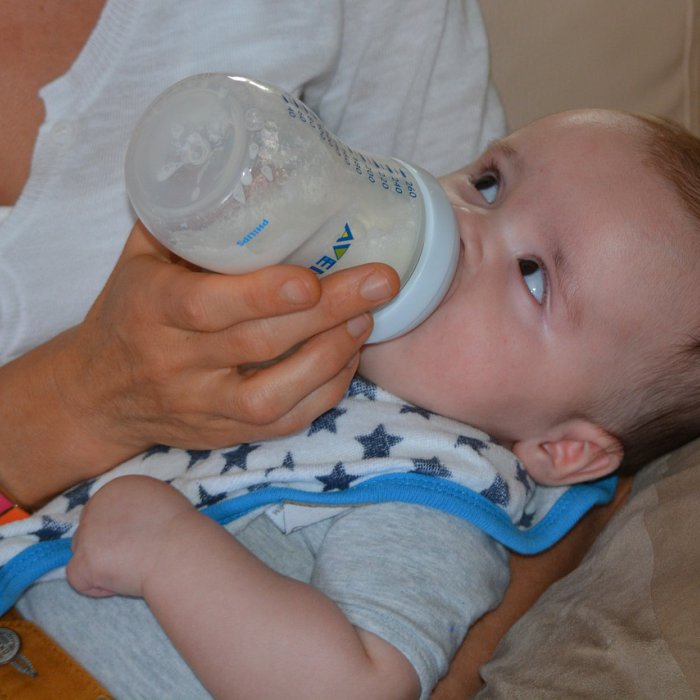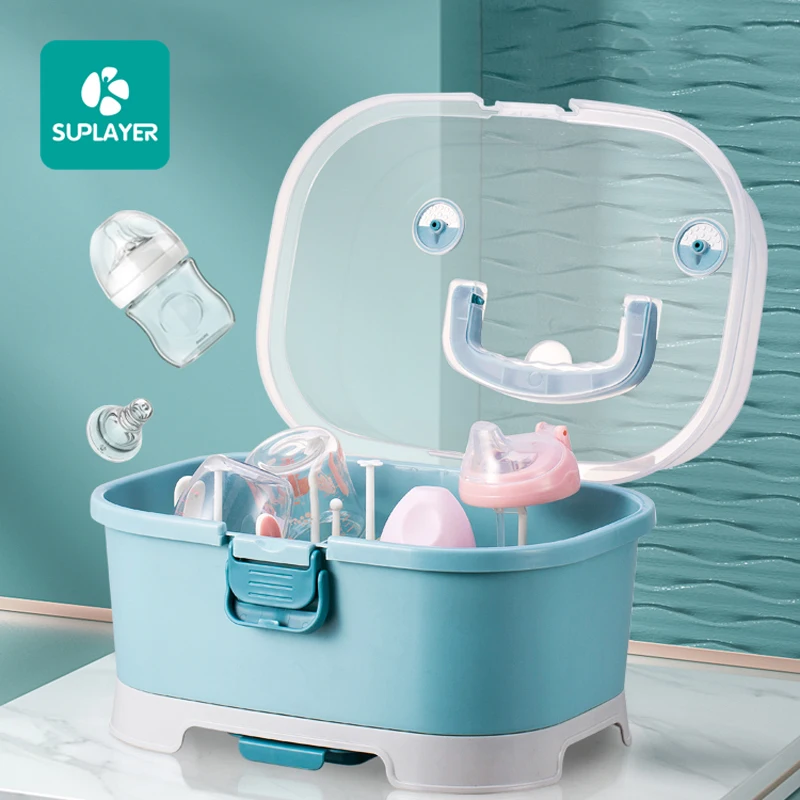Circo feed and sleep baby
Circo Target 18 inch Feed & Sleep Baby Doll MIB talks cries giggles baby bottle
Pricing & History
- Sold for
Start Free Trial or Sign In to see what it's worth.
- Sold Date
- Source eBay
This is a Mint in Box never been played with Circo baby doll put out by Target in 2008. Pretty cool interactive doll that runs on 2 aa batteries, 18 inches long, has a magic bottle that you can feed the baby with and she moves her mouth, and blinks her eyes, burps and snores, press right hand and the baby says mama, left hand and she talks, right foot and she giggles, right foot and she cries.This doll is in good condition cause it has sat on a shelf since my mom got it as a gift and put it in her doll collection room. Lol, I must confess that this baby doll freaked me out a little when I picked it up, it was my moms and I didn't know it worked until I accidently hit the hand and it started, anyone that wants an interactive baby doll, this would make a great gift.We will combine shipping if you purchase more than one item off of us at one time. Shipping for this item is $12 in the Good Old USA. Due to the weight it will cost a little to ship parcel, it's too big for a priority box. If you are International and want this doll, please email and we can figure out the shipping cost.
 We have a small collectible memorabilia shop called Nelly’s Place in the beautiful small town of Conshohocken, located 17 miles outside of Philadelphia, PA. We pride ourselves on being trustworthy and honest, if you are unhappy, notify us by eBay message and we will strive our hardest to make you happy! If you find the item you receive is not as we described in our listing we will gladly refund your money and pay for the return shipping at no charge to you.We leave feedback for every person who buys from us, if you are happy with us, please do the same. We just became a part of the eBay family this past February and your feedback really helps us know where we stand with our customers.Thank you!Ralph, Nelly and Cindy read more
We have a small collectible memorabilia shop called Nelly’s Place in the beautiful small town of Conshohocken, located 17 miles outside of Philadelphia, PA. We pride ourselves on being trustworthy and honest, if you are unhappy, notify us by eBay message and we will strive our hardest to make you happy! If you find the item you receive is not as we described in our listing we will gladly refund your money and pay for the return shipping at no charge to you.We leave feedback for every person who buys from us, if you are happy with us, please do the same. We just became a part of the eBay family this past February and your feedback really helps us know where we stand with our customers.Thank you!Ralph, Nelly and Cindy read more
Buy Circo Feed & Sleep Baby Doll Online at desertcart INDIA
Brand : Circo Baby
Brand : Circo Baby
Description
- Imported from USA (Sizes & Specifications are based on the USA Market).

Now your daughter can have fun being a mom, too. This Circo Feed & Sleep doll is a great learning experience for your little girl. Features soft body, motion-activated sound, sound effects, removable clothes and bean bag body to make taking care of her life-like and very realistic. Dressed in adorable and colorful outfit, she comes with feeding bottle your daughter will love using to feed her all the time. Give your baby her own baby that she can love and adore the same. ||Number of Pieces: 5 |Features: Removable Clothes, Motion-Activated Sound, Sound Effects, Soft Body, Bean Bag Body ||Includes: Doll, Outfits |Articulation: No articulation ||Material: Fabric, Polyester, Cotton, Vinyl, Plastic ||Textile Material: 100% Polyester, Plastic, ||Decorative Details: Ruffles, Hook and loop closure |Hair Color: no hair ||Dimensions: 14.020H x 6.500W x 11.020L |Weight: 2.290 ||Suggested Age: 2 Years and Up ||Battery: required, included, 3 AAA ||Care and Cleaning: Wipe Clean with a Damp Cloth ||Imported
Show More
Reviews
Related Pages
Toys And Games › Dolls And Accessories › Dolls
Disclaimer: The price shown above includes all applicable taxes and fees. The information provided above is for reference purposes only. Products may go out of stock and delivery estimates may change at any time. desertcart does not validate any claims made in the product descriptions above. For additional information, please contact the manufacturer or desertcart customer service. While desertcart makes reasonable efforts to only show products available in your country, some items may be cancelled if they are prohibited for import in India. For more details, please visit our Support Page.
The information provided above is for reference purposes only. Products may go out of stock and delivery estimates may change at any time. desertcart does not validate any claims made in the product descriptions above. For additional information, please contact the manufacturer or desertcart customer service. While desertcart makes reasonable efforts to only show products available in your country, some items may be cancelled if they are prohibited for import in India. For more details, please visit our Support Page.
Frequently Asked Questions About Circo Feed Sleep Baby Doll in India
Where can I buy Circo Feed Sleep Baby Doll online at the best price in the India?
desertcart is the best online shopping platform where you can buy Circo Feed Sleep Baby Doll from renowned brand(s). desertcart delivers the most unique and largest selection of products from across the world especially from the US, UK and India at best prices and the fastest delivery time.
Is Circo Feed Sleep Baby Doll available and ready for delivery in in India?
desertcart ships the Circo Feed Sleep Baby Doll to and more cities in India. Get unlimited free shipping in 164+ countries with desertcart Plus membership. We can deliver the Circo Feed Sleep Baby Doll speedily without the hassle of shipping, customs or duties.
Is it safe to buy Circo Feed Sleep Baby Doll on desertcart?
Yes, it is absolutely safe to buy Circo Feed Sleep Baby Doll from desertcart, which is a 100% legitimate site operating in 164 countries. Since 2014, desertcart has been delivering a wide range of products to customers and fulfilling their desires. You will find several positive reviews by desertcart customers on portals like Trustpilot, etc. The website uses an HTTPS system to safeguard all customers and protect financial details and transactions done online. The company uses the latest upgraded technologies and software systems to ensure a fair and safe shopping experience for all customers. Your details are highly secure and guarded by the company using encryption and other latest softwares and technologies.
Your details are highly secure and guarded by the company using encryption and other latest softwares and technologies.
Putting the child to sleep: useful tips and recommendations
Author, editor and medical expert - Muraeva Yulia Yurievna.
Views: 202 423
Last update date: 06/23/2022 G.
Average Reading time: 12 minutes
Content:
Rhythm of children's sleep
How to properly laid it out properly sleep baby
How to help your baby sleep
How to teach a child to sleep in his own crib?
Bedtime rituals
What are the bedtime rituals?
Sleep is an important part of life, so it must be regular and of high quality 1 . But often the first year of a child's life becomes a real test for parents. Even such a seemingly simple action as putting a newborn to sleep sometimes turns into a task of increased complexity.
The difficulty is that in infants, sleep is still being formed, and circadian rhythms differ from those to which parents are accustomed 2 .
Rhythms of baby sleep
Before birth, the alternation of sleep phases in the fetus is subject to circadian (daily) rhythms and fluctuations in the hormonal background of the expectant mother. After childbirth, it takes time for the child to mature its own regulatory system 2 .
A full-term newborn sleeps an average of 16-17 hours 2 , and the total duration of sleep is not affected by dark and daylight hours 3 .
Babies up to 2 months have 2 sleep phases 2.3 :
- Active sleep. Starts after falling asleep. This phase is important for the stimulation and development of the central nervous system. During active sleep, you can observe the baby's mobility, rapid eye movements and a weakening of reactions to external stimuli (light, sound, touch).

- Peaceful sleep. Follows the active phase. During restful sleep, the heart rate slows down, the movements of the eyeballs stop, and the baby stops moving his arms and legs.
Together these 2 phases form a cycle. Each cycle begins with active sleep followed by restful sleep. The duration of such a cycle is approximately 45-60 minutes 3 .
But the sleep-wake cycle lasts longer. For breastfed babies, it is approximately 1-3 hours, and for artificial babies, it is 2-5 hours 3 .
Gradually lengthening periods of wakefulness, and most of the sleep occurs at night 2 :
- By the end of 3 months of life, an uninterrupted night's sleep can be about 5 hours 3 .
- From 2 to 12 months, babies sleep 9-10 hours at night 3 , while daytime sleep is divided into 1-4 episodes that can last from 30 minutes to 2 hours 3 .
Sleep regularity and sleep disturbances can be assessed after 6 months, when the child develops circadian rhythms 3 .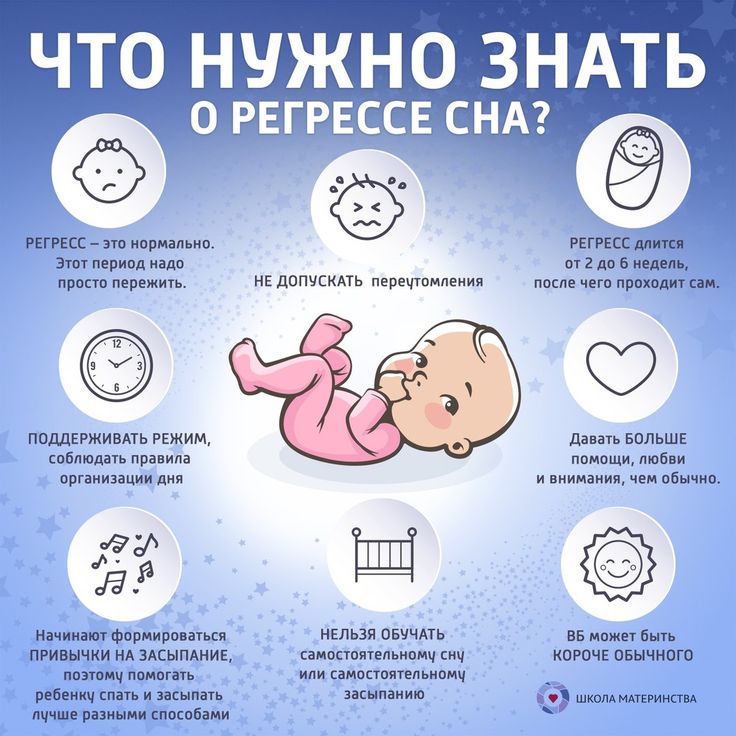
Although the night sleep becomes longer, each cycle is still accompanied by micro-awakenings (wakings) 2.3 , after which the baby can fall asleep quickly enough. This is a short-term activation of the central nervous system, which must be distinguished from a full awakening 2 . It is good if at this moment the mother is nearby and helps the child fall asleep again.
Back to Contents
How to Put Your Baby to Sleep
The American Pediatrics Association has developed guidelines for safe sleep for babies. Below are some of them (the full list of recommendations can be found at the link) 4 :
- The best sleeping position is on your back.
- The mattress should be hard enough, and the crib should not be cluttered with things, blankets, pillows.
- No smoking in the nursery.
- If the child sleeps in a cool room, it is better to dress him warmly or put him in a special sleeping bag for babies.
 He should be warm, but not hot, so it is not recommended to wrap him with a blanket. And in order for the baby to breathe freely, in no case cover him with a blanket with his head.
He should be warm, but not hot, so it is not recommended to wrap him with a blanket. And in order for the baby to breathe freely, in no case cover him with a blanket with his head.
Babies up to 12 months of age still need to feed at night, so sleeping in the same room with the mother may be necessary to optimize breastfeeding and closer contact 4 . Co-sleeping in the same room with parents does not mean that the child will sleep with them in the same bed, because it does not meet the safety requirements 4 .
Before putting your newborn to bed, also remember that:
- Tight swaddling is not recommended0036 4 . There are babies who find this soothing, but swaddling can interfere with the baby's breathing because the chest is compressed and the baby cannot take a deep breath. 4 . Tight swaddling also increases the risk of a lung infection and can aggravate hip dysplasia. Do not swaddle a baby who is already rolling over from his back to his stomach 4 .

- There is no consensus on the use of pacifiers. Some experts believe that they have a negative effect on breastfeeding and interfere with the formation of the correct bite. Other evidence suggests that pacifiers help reduce the risk of respiratory and cardiac problems in infants up to 12 months of age 4 .
- Don't encourage falling asleep in your arms or while feeding. Older babies do not need to be allowed to fall asleep while watching a movie, after a set time, or in their parent's bed 4 .
Back to content
How to help your baby fall asleep
As the baby develops, fears, anxiety, anxiety may appear when he refuses to sleep separately from his parents and resists falling asleep 2 . The maturation of biological rhythms is facilitated by the environment of the child, the behavior of parents, compliance with the regimen and rules of sleep hygiene 3 .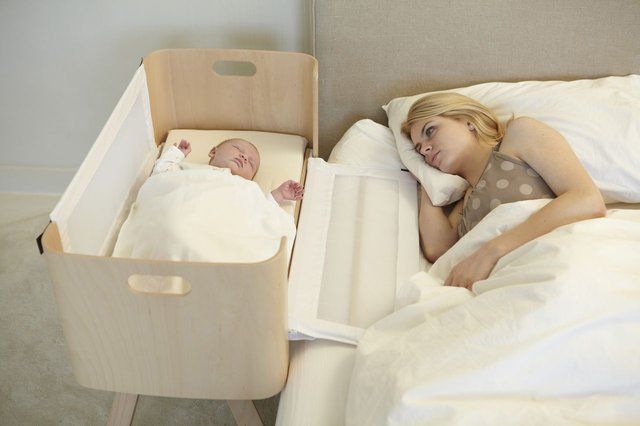
To ensure quality rest and proper development, parents need to follow the recommendations. Specialists advise following these rules 4 :
- Put the baby to bed in the evening and wake up in the morning at about the same time, despite weekends and holidays 4 .
- Avoid physical activity before bed 4 .
- Limit activities in bed that are not related to falling asleep (playing, feeding), as this interferes with the baby's understanding of sleep 4 .
- Keep the bedroom comfortable - moderate temperature, low lighting, minimal noise, comfortable pajamas 4 .
- Form a laying ritual 5 .
- Follow the diet - the baby should not have any hunger or overeating. Before going to bed, you can feed him a little 5 .
- Keep an activity diary so that you can analyze and understand what interferes with your child's sleep 4 .
Back to Contents
How can I get my baby to sleep in his own crib?
There are various methods to help a child fall asleep on his own, without the help of parents. They are often used as a non-drug treatment for insomnia (sleep disorder) in young children aged 1 to 3 years 4 . Examples of such techniques are described below. Choosing the right one for your baby should be discussed with a baby sleep specialist.
They are often used as a non-drug treatment for insomnia (sleep disorder) in young children aged 1 to 3 years 4 . Examples of such techniques are described below. Choosing the right one for your baby should be discussed with a baby sleep specialist.
One way to overcome sleep disorders is through behavioral therapy. It helps to change wrong associations and sleep patterns in a child 4.7 . In behavioral therapy, the abandonment method is used. With him, parents immediately leave the child in the crib and leave the nursery. However, they do not return when they hear his cries or call, giving him the opportunity to fall asleep on his own 4 . But psychologists do not recommend using this approach if the baby is not yet 6 months old and is breastfeeding 4 , as this may adversely affect the baby's condition.
In addition, the abandonment method is not suitable for all parents. For those who want to be near or calm a crying baby 4 experts recommend other methods - "check and hold" or "gradual repayment" 4.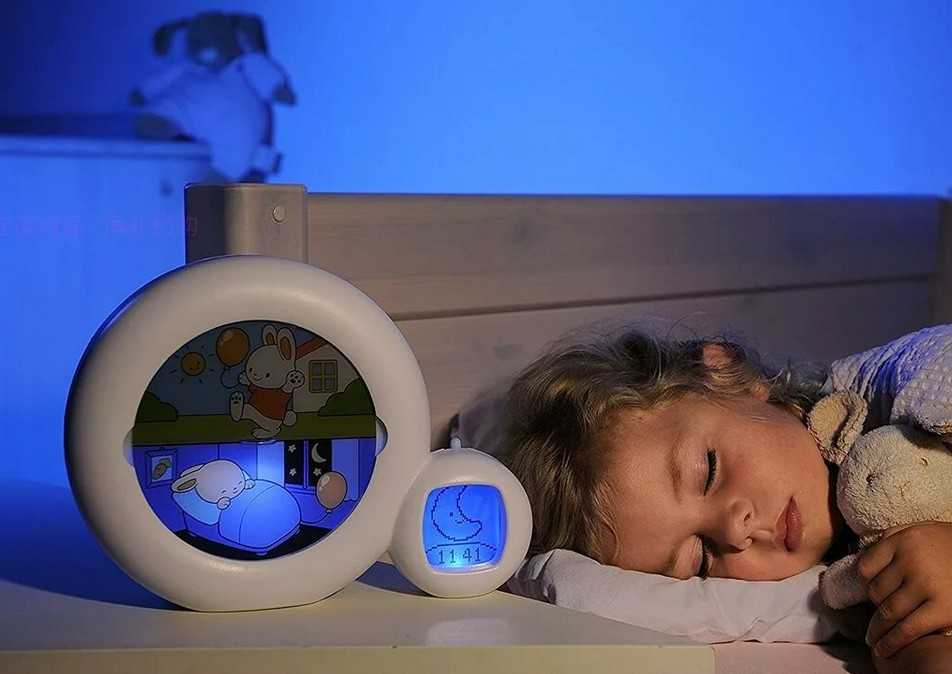 7 .
7 .
Back to Contents
"Checking and Holding"
When getting ready for bed, the parent spends some time with the child, then puts him to bed and leaves the room or goes to bed if she is in the nursery. At the same time, they do not approach the baby for 15-20 minutes and do not react to his crying or screaming. This period is called "hold" 7
When the 20 minutes have elapsed, the parent goes to the child, straightens his bed and returns to himself. This part is called checking 7 .
It is very important not to take him out of the crib and feed him when he wakes up. The exception is children who require night feedings for age or medical reasons. In all other cases, the parent simply comes to the crib for a short time to check, and then leaves again for a 15-20 minute “hold” 7 .
Gradually - over several nights - increase the "hold" interval to 30 minutes 7 .
Up to content
Gradual repayment
This technique is designed to “repay” the child's protests and manipulations 7 .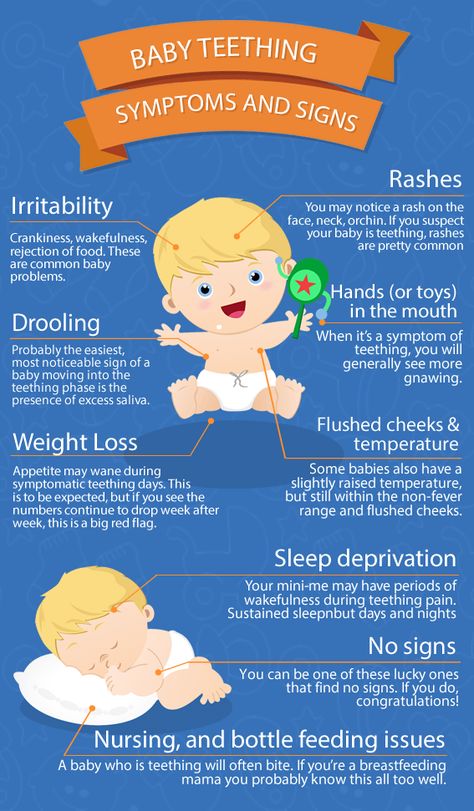 There are 2 options for "gradual repayment" - with and without the presence of a parent 4 .
There are 2 options for "gradual repayment" - with and without the presence of a parent 4 .
The classic option is to leave the baby alone in the bedroom for a certain amount of time, gradually accustoming him to fall asleep on his own. Unlike the “check and hold” method, the child can be calmed down. But you need to return to his bed not at the first call, but after a certain time. After the child calms down, you need to leave again, increasing the intervals when he tries to fall asleep without you 7 . This option is suitable for babies over 6 months old 4 .
Until the age of six months, use the “gradual repayment” method in the presence of a parent. It is carried out in stages 4 :
- The parent puts the baby to bed and sits next to it. If the bed is large, you can lie down next to the child.
- On subsequent nights, mom or dad still stays close to the baby, but gradually reduces the number of touches, communicates less with him, showing him that they are busy with something, for example, reading or cleaning the room.

- When putting the child to bed, the parent does not lie down next to him, but sits on a chair not far from the bed, about 5 meters from it, continuing to sit until the baby falls asleep.
- In the next step, the distance between the bed and the chair is increased by gradually moving it away.
- A little later you can leave the nursery for a while, but be sure to return before the baby cries.
If the child wakes up, repeat the same steps that you perform at this stage of the procedure. The stages can be stretched over several days so that the baby has time to get used to each 4 .
Up to contents
Bedding rituals
Forming a bedding ritual is considered to be an effective method 4 . It can complement the "repayment" technique, but sometimes it works quite well on its own. Suitable for all ages, but the earlier it is started, the less likely babies are to develop sleep problems - they fall asleep faster and sleep longer 4 .
The ritual begins at the moment of the child's drowsiness. Before you put the baby to sleep, you need to perform a number of actions. They should be predictable, regular, relaxing and positive. The total duration of the ritual is 20-45 minutes 4 . If it was not possible to meet the set time, most likely, you need to shift the ritual to another time and wait for drowsiness. It can manifest itself as loss of interest in surrounding toys and people, reddening of the eyelids, rubbing of the eyes, yawning 4 .
Back to Contents
What are the rituals for falling asleep?
Experts recommend preparing for sleep, which consists of consecutive, daily repeated actions, the so-called routines 5 . They help to speed up falling asleep, increase the quality and duration of sleep, reduce the number of night awakenings 5 .
The most typical nightly rituals 6 :
- Bathing in warm water with your favorite foam or bath product, light massage.
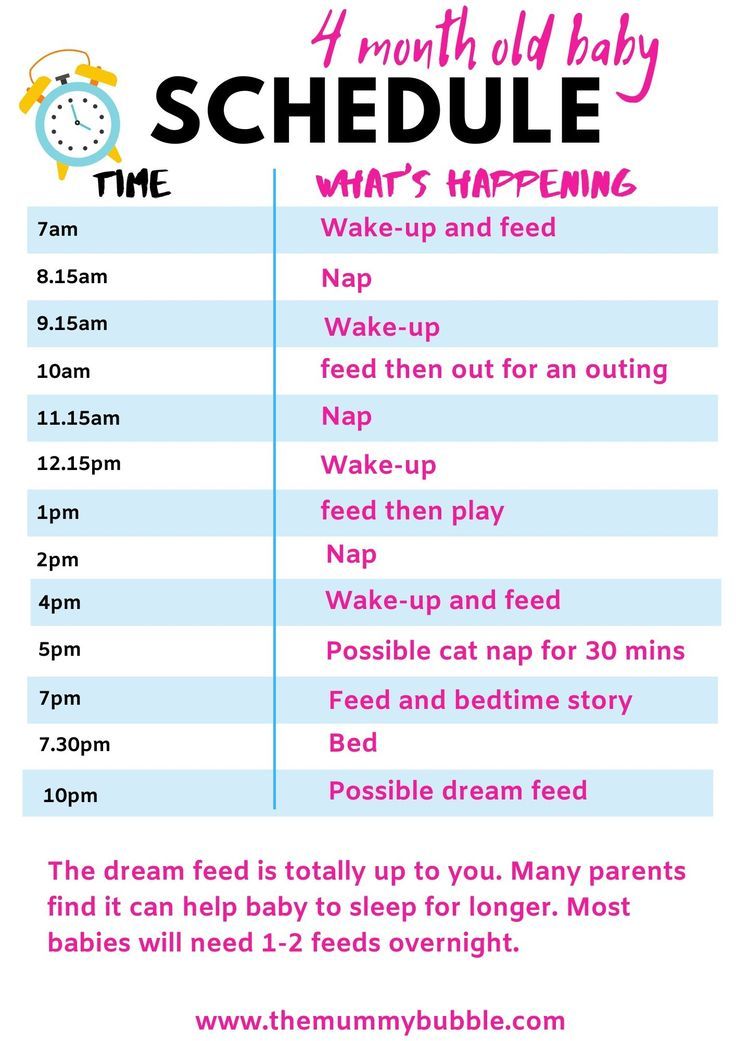
- Soothing sounds - "white noise". This is a monotonous noise that does not carry a semantic load, soothes and helps to forget, for example, flowing water, a metronome, ticking clocks or recordings of nature sounds.
- Lullabies and fairy tales.
- Wishes for "good night", "sweet dreams" or other phrases that are said only before going to bed.
Sleep experts recommend a three-step ritual that includes bathing, massage and quiet time in the crib 8 .
- Bath foam can be used during bathing. For babies from 6 months, JOHNSON’S ® Baby Bath Foam "Before Bed" is suitable. It has a soothing scent to help your baby get ready for bed 8 .
- Immediately after a warm bath, a milk can be applied to the skin, such as JOHNSON’S ® Bedtime Milk 8 , for children over 6 months of age, by lightly stroking the skin. Such a massage will calm the baby even more and prepare him for sleep, especially thanks to the pleasant smell of milk 8 .
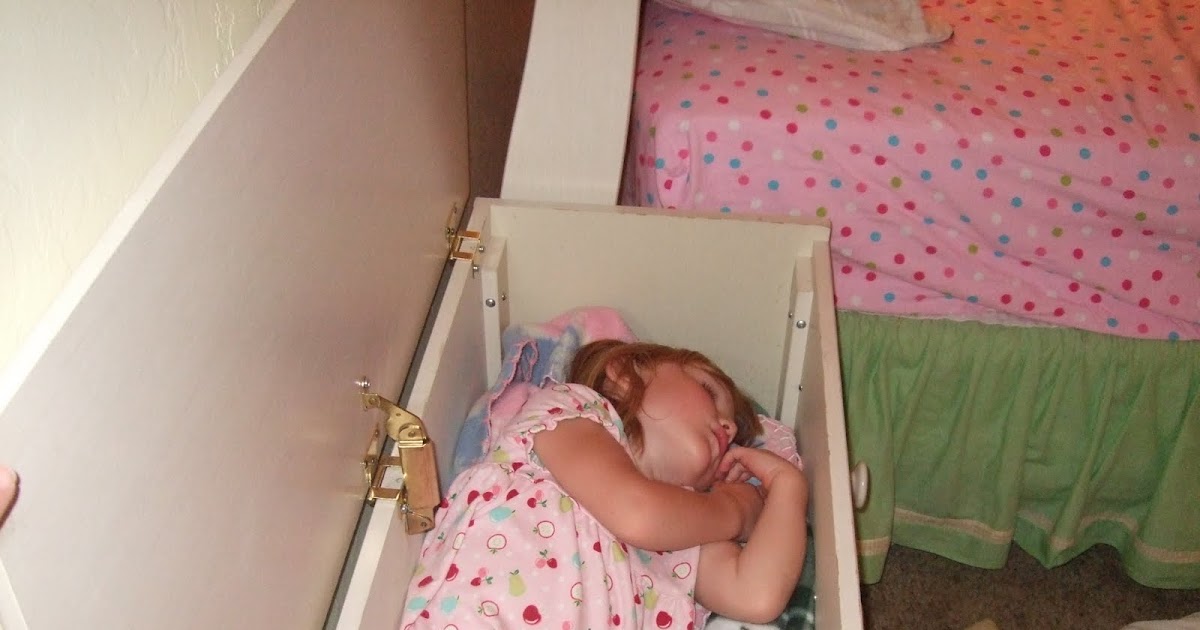
- At the third stage, you need to change the child into pajamas, read a bedtime story or sing a lullaby 4,8 .
As a rule, a few days are enough to form an association between the evening routine and falling asleep 4 .
As you can see, pediatricians and psychologists have developed various methods for healthy children's sleep and fast falling asleep. But you need to use them, taking into account the age of the child, his habits and characteristics of the nervous system. The task of parents is to organize the baby’s daily routine and prepare him for sleep, calming and creating positive associations with the process of falling asleep. With the correct implementation of the recommendations of a specialist, the child will gradually learn to fall asleep independently and faster, will sleep longer and sounder.
You may also be interested in:
Traveling with your baby
Baby's Skin Care Guide
Back to Contents
The information in this article is for guidance only and does not replace professional medical advice. For diagnosis and treatment, contact a qualified specialist.
For diagnosis and treatment, contact a qualified specialist.
References:
- E.S. Sakharova. What worries the baby? Pediatric pharmacology, 2010, volume 7, No. 2, pp. 143-148.
- I.A. Kelmanson. Formation of the state of sleep in ontogeny and the problems arising from this. Neurology and psychiatry. Special issue "Sleep and its disorders-5". Effective pharmacotherapy, 2017, No. 35, p.4-13
- M.G.Poluektov, P.V.pchelina. Sleep in children: from physiology to pathology. Medical Council, 2017, No. 9, pp. 98-103.
- P.V.Pchelina. M.G.Poluektov. How to treat insomnia in early childhood. Neurology and psychiatry. Special issue "Sleep and its disorders-4". Effective pharmacotherapy, 2016, No. 19, pp.52-60.
- Jodi A. Mindell, PhD; Lorena S. Telofski, BA; Benjamin Wiegand, PhD; Ellen S. Kurtz, PhD. A Nightly Bedtime Routine: Impact on Sleep in Young Children and Maternal Mood. (The Nightly Sleep Schedule: Effects on Young Children's Sleep and Maternal Mood) SLEEP (Sleep), Vol.
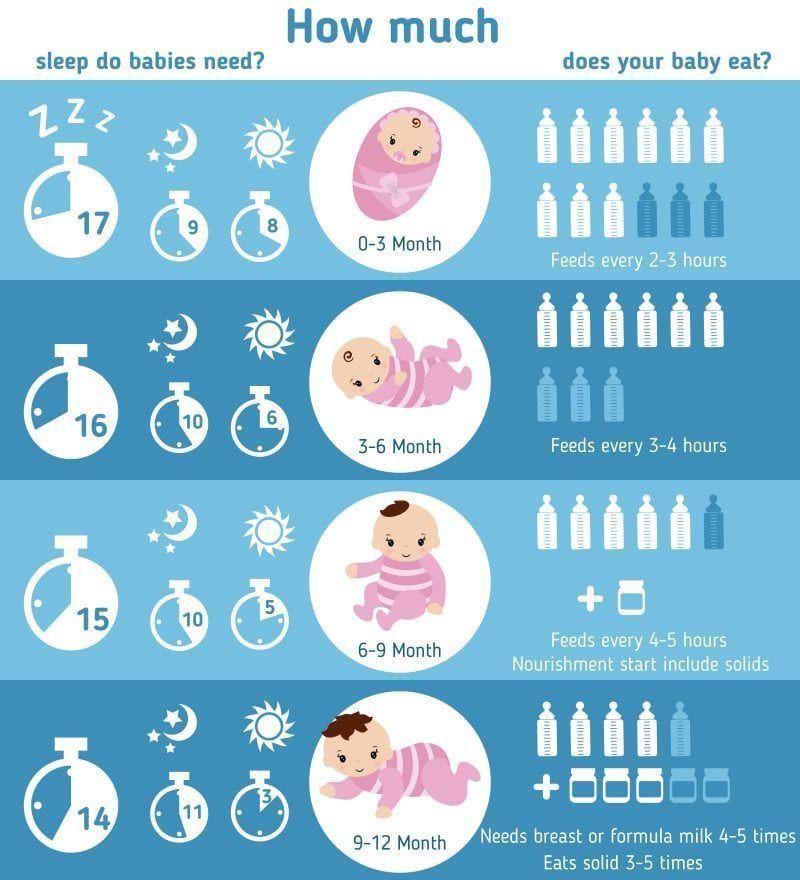 32, no. 5, 2009. pp. 599-607.
32, no. 5, 2009. pp. 599-607. - E.A. Korabelnikova. Treatment and prevention of insomnia in young children. Russian Psychiatric Journal, 2012, No. 3, pp. 62-70.
- M.G. Poluektov Sleep disorders in childhood: causes and modern therapy // Effective pharmacotherapy, Neurology and psychiatry. 1/2012
- Mindell J, Lorena S, Telofsky BA et al. Nightly sleep routine: effects on young children's sleep and maternal mood. Sleep. 2009; 23:599–606.
Back to Contents
Feeding a Sick Child
Publication Date: 12/15/2016 08:22 AM
April 22nd, 2016 Olga.
While the child grows up, he will be ill with various diseases more than once. About 80% is accounted for by SARS. Any disease (we are now talking about the flu, SARS) is characterized by poor health of the child - malaise, cough, runny nose, weakness, and maybe intestinal upset. And all this affects the appetite of the child. If a child has caught a cold, mothers always ask themselves the question: how to feed him properly? Proper nutrition of a sick child will help to quickly cope with the disease.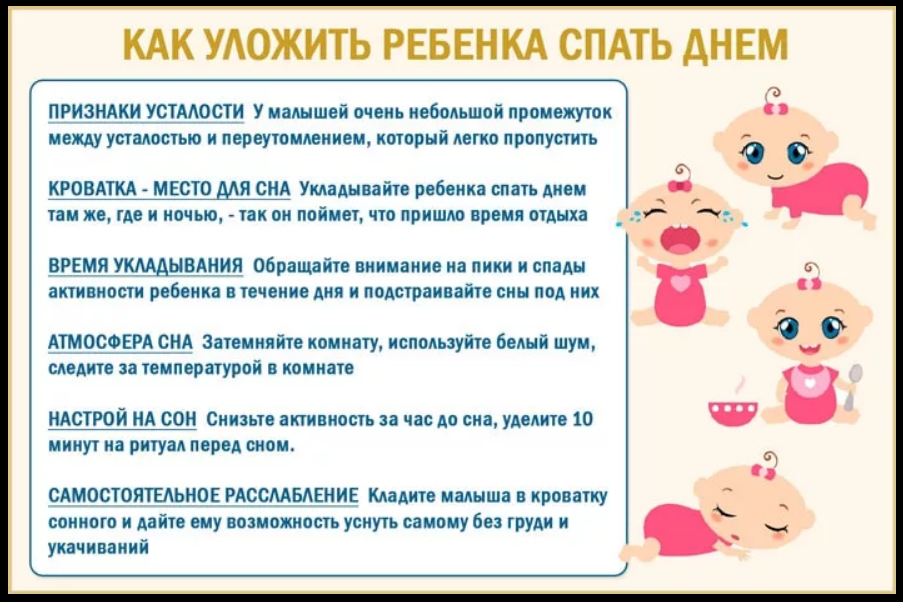
During an illness, the baby always has a poor appetite. There are physiological reasons for this:
- at elevated temperatures, blood circulation in the stomach slows down. because the body sends blood to vital organs: the heart and lungs. The process of digestion and assimilation of food slows down and the child needs less food than usual;
- during an illness, the liver actively fights with toxins, the products of the vital activity of viruses and the decay of damaged cells, so a large amount of food carries an additional burden;
- the toxins themselves poison the body and the child, when he feels bad, not at all before eating;
- stuffy nose, sore throat, difficult to swallow.
- Nutrition should be appropriate for the age of the child;
- during illness, do not introduce new foods into the diet;
- food should be sparing - liquid or semi-liquid;
- make small meals if the baby does not want to eat, and the number of feedings can be increased;
- if the child refuses to eat, let him drink more fluids (water, compote, fruit drink, rosehip broth).

From the diet during illness should be excluded:
- Hard-to-digest foods - fatty meat, whole grain cereals, fresh vegetables and fruits.
- Foods harmful to the liver - fatty dairy products, chocolate, vegetable oil, lard, confectionery.
- Coarse, which can damage the mucous membrane - nuts, seeds, crackers, cookies.
Useful menu
During an illness, a child needs food that is well absorbed by a weakened body. Therefore, chicken broth, vegetable soups, stewed and boiled vegetables are perfect for feeding a child during SARS.
To avoid mechanical irritation of the stomach, choose foods that are low in fiber. What foods are low in fiber? These are potatoes, cauliflower, pumpkin, rice and semolina, animal products.
Potatoes are especially delicate in fiber, so include mashed potatoes in your menu more often. You can cook mashed potatoes with sausage, cheese. Beautifully decorate the dish.
Animal protein must be present in the diet of a sick child, since it is a building material for protective antibodies. They are rich in lean meat - veal, beef, lean pork. For soups, use secondary broths from turkey meat, rabbit, chicken breast.
They are rich in lean meat - veal, beef, lean pork. For soups, use secondary broths from turkey meat, rabbit, chicken breast.
What else can you feed a child during illness? Yogurt helps out well, especially homemade, with the addition of berries.
Cook porridge for the child: semolina, oatmeal, you can also add berries from jam or defrosted.
A sick child needs vitamins. You can make vitamin drinks from rose hips, berries, cook jelly, dried fruit compote, berry juice. . Such drinks will alleviate the condition of the baby if the throat hurts. But with indigestion, milk should not be given at all.
To increase the appetite of the dish, it is desirable to arrange it beautifully so that the child immediately has a desire to eat it.
Feeding a convalescent child
After an acute period of illness comes a period of recovery, when the baby is on the mend and nutrition during this period plays an important role. The food of a recovering baby should be rich in energy in order to restore strength, contain minerals and vitamins, the food should be well absorbed.
As soon as the symptoms of the disease subside, do not rush to pounce on a child with enhanced nutrition, it will take a few more days to restore digestion. Continue to follow the diet, adding lean meat and fish, cheese, eggs, boiled vegetables and fruits to it.
Ideal for casseroles, puddings, steamed cutlets, vegetable soups. Introduce fruits and vegetables into the diet and do not forget about sour-milk products that will help restore the disturbed intestinal microflora. Let during this period the food be fractional, the child eat a little. And when the body gets stronger, the child will return to a normal diet.
Choosing tactics
When feeding a sick child, parents must remember that it is impossible to force-feed a child!
We provide a diet with easily digestible products. Some parents find it difficult to feed the baby during illness, he categorically refuses to eat. Psychologists advise not to turn feeding into a circus with musical numbers so that the child eats "well, at least one spoonful.